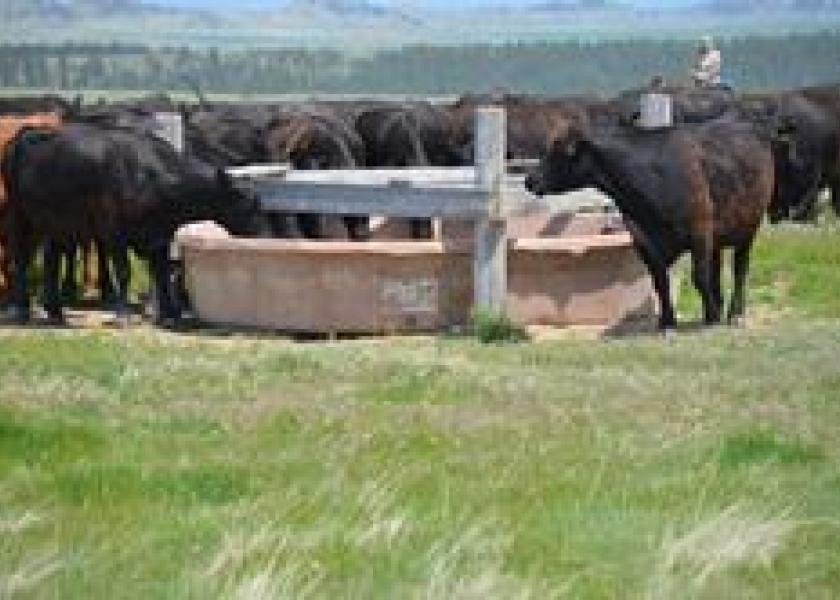Tips to Best Meet Your Livestock's Water Needs

Summer has officially arrived, and with that comes plenty of heat and humidity, it's important that livestock producers provide plenty of clean water to their livestock.
By Kable Thurlow, Michigan State University
While we are not currently in the drought that much of our western counterparts are experiencing, all of us remember how hot and dry last summer was. These hot and dry conditions make all of us think about how precious water can be, especially to our livestock.
The source of the water is also a point that needs to be considered. If livestock are drinking from a pond or a stream, producers need to pay attention to water levels. During hot and dry weather, those water levels can decrease; as they do, contaminants that may exist in that water have the potential to increase in concentration. As those contaminants increase, so can the risk to livestock that consume them.
To ensure adequate water intake, it is critical to know how much water your cattle will consume, then provide enough access to that water source. For example, cattle that are grazing tend to all come to the water source at once, if that source is located more than 900 feet from their grazing paddock. It is highly possible that not all of the animals will consume enough water before returning to the paddock.
Producers need to size the tank according to the number of animals, and the recharge capacity of the water source. If adequate tank space is not provided, the less dominant animals in the herd will not consume adequate amounts of water, and production could be adversely affected, particularly if those animals are younger lactating females. Here are several points that one should consider for their livestock water needs:
- Make sure water is closer than 900 feet in a rotational grazing system
- Utilize modern technology available for providing water to grazing animals
- Have the appropriate size tank to ensure adequate intake by all of the animals
- Make sure the water source is clean, and free of contaminants
There are many publications that will help you get that information you need to know how much water to provide, and then know what size tank and water lines are needed. Michigan State University Extension or USDA-NRCS Service Center is a great place to seek that help. Rick Rasby at the University of Nebraska also has a great article on water intake. Michigan State University Extension has a publication on Watering Systems for Grazing that explains the amount of water an animal needs daily.
In conclusion, it is important to note that water is the single most important nutrient of all of the nutrients listed for livestock. So ensuring a clean, safe, and adequate supply is critical.







